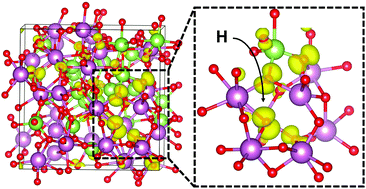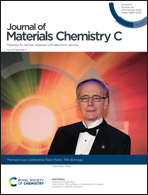Hydrogen doping in wide-bandgap amorphous In–Ga–O semiconductors
Abstract
Microscopic mechanisms of the formation of H defects and their role in passivation of under-coordinated atoms, short- and long-range structural transformations, and the resulting electronic properties of amorphous In–Ga–O with In : Ga = 6 : 4 are investigated using computationally-intensive ab initio molecular dynamics simulations and accurate density-functional calculations. The results reveal a stark difference between H-passivation in covalent Si-based and ionic oxide semiconductors. Specifically, it is found that hydrogen doping triggers an extended bond reconfiguration and rearrangement in the network of shared polyhedra in the disordered oxide lattice, resulting in energy gains that outweigh passivation of dangling O-p-orbitals. The H-induced structural changes in the coordination and morphology favor a more uniform charge density distribution in the conduction band, in accord with the improved carrier mobility measured in H-doped In–Ga–O [W. Huang et al., Proc. Natl. Acad. Sci. U. S. A., 2020, 117, 18231]. A detailed structural analysis helps interpret the observed wide range of infrared frequencies associated with H defects and also demonstrate that the room-temperature stability of OH defects is affected by thermal fluctuations in the surrounding lattice, promoting bond migration and bond switching behavior within a short picosecond time frame.

- This article is part of the themed collection: Celebrating Tobin Marks’ 75th Birthday


 Please wait while we load your content...
Please wait while we load your content...
